Making stem cells from a patient’s adult cells – rather than human embryos – is one of the holy grails in modern medicine treatments. New research brings us two steps closer.
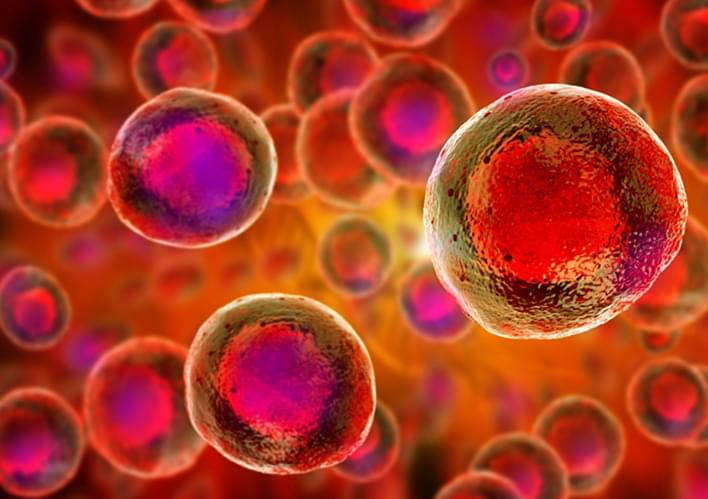


Biotech start-up Pretzel Therapeutics launched Monday with $72.5 million in Series A financing to develop novel, mitochondria-based therapies for rare genetic disorders and diseases of aging.
Pretzel plans to target mitochondrial diseases, a highly heterogenous group of conditions caused by DNA mutations in the mitochondria or the nucleus. These disorders are very rare, afflicting around one in 5,000 people.
Pretzel CEO Jay Parrish told BioSpace the funding “should enable us to get close to the clinic if not into the clinic with one or more programs.”
This #ameca demo couples automated speech recognition with GPT 3 — a large language model that generates meaningful answers — the output is fed to an online TTS service which generates the voice and visemes for lip sync timing. The team at Engineered Arts ltd pose the questions.
Nothing in this video is pre scripted — the model is given a basic prompt describing Ameca, giving the robot a description of self — its pure #ai.
The pauses are the time lag for processing the speech input, generating the answer and processing the text back into speech.
For more information please go ➼ https://nordvpn.com/spacetime.
PBS Member Stations rely on viewers like you. To support your local station, go to: http://to.pbs.org/DonateSPACE
Sign Up on Patreon to get access to the Space Time Discord!
https://www.patreon.com/pbsspacetime.
The discovery of the Higgs boson ten years ago in the Large Hadron Collider was the culmination of decades of work and the collaboration of 1000s of brilliant and passionate people. It was the final piece needed to confirm the standard model of particle physics as it now stands. There are still many outstanding questions — for example, it seems like nothing in the standard model can explain what dark matter is. So the discovery of the Higgs wasn’t the end of particle physics — but it may be the way forward. Many physicists think that the secret to finding the elusive dark matter particle will come by studying the Higgs. In fact, the first tantalizing evidence is already in.
Check out the Space Time Merch Store.
https://www.pbsspacetime.com/shop.
Sign up for the mailing list to get episode notifications and hear special announcements!
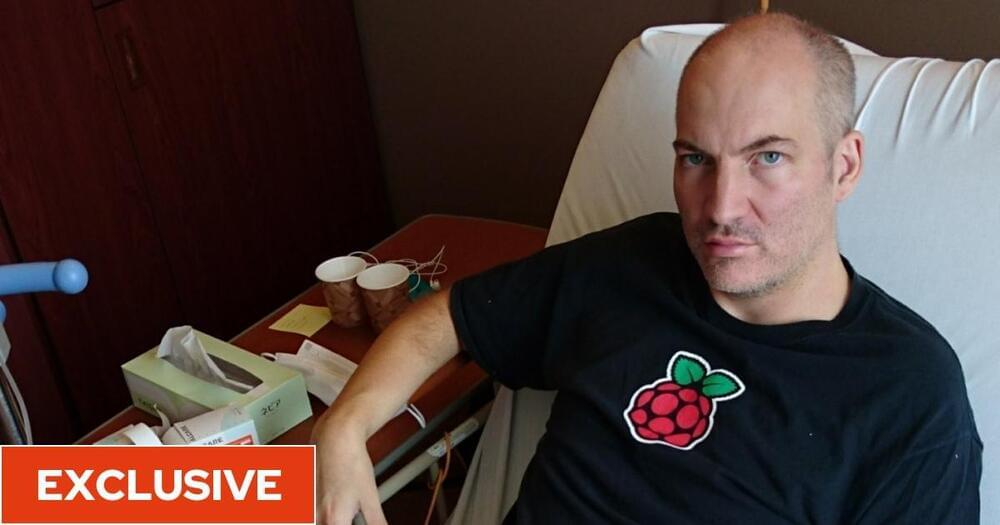
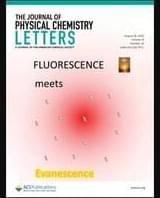
Long-range interactions between electronically excited molecules and molecules at the ground state were found for distances of much more than 100 nm, as indicated by the dependence of the fluorescence lifetime on the concentration of dyes in diluted solutions. In contrast to this experimental result, the fluorescence lifetimes of distant isolated molecules should be independent from the concentration according to basic theory for light emission, such as that reported by Förster and Strickler–Berg. As a consequence, the theory of such emission should be modified for real systems to include electromagnetic interactions with distant resonating structures. Consequences of these findings concern many subjects, such as imaging methods (FLIM) in biochemistry.

They dislike virtual reality development.
Quote:
“Several federal law enforcement sources told CNN the package contained a rambling note that criticized Facebook founder Mark Zuckerberg and the relationship between academic institutions and the developers of virtual reality.”
A Northeastern University staff member was injured Tuesday when a package he was opening detonated on the Boston campus, officials said.
“The staff member sustained minor injuries and is being treated,” Shannon Nargi, a spokesperson for Northeastern University, told CNN in an email. The package was delivered to Holmes Hall, Nargi said.
The staffer, a 45-year-old man, suffered hand injuries, Boston Police Superintendent Felipe Colon said during a news conference Tuesday night.

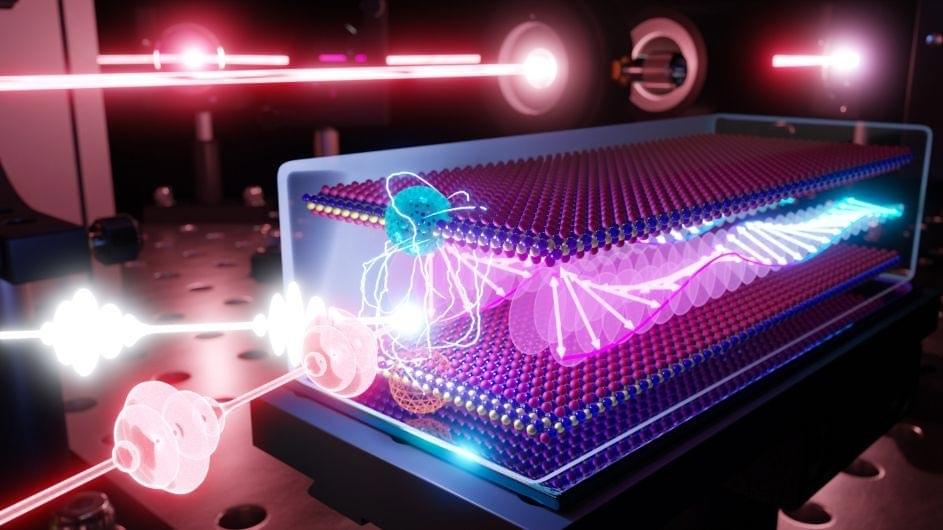
New research reveals that spinning quasiparticles, or magnons, light up when paired with a light-emitting quasiparticle, or exciton, with potential quantum information applications.
All magnets contain spinning quasiparticles called magnons. This is true of all magnets from the simple souvenirs hanging on your refrigerator to the discs that give your computer memory storage to the powerful versions used in research labs. The direction one magnon spins can influence that of its neighbor, which in turn affects the spin of its neighbor, and so on, yielding what are known as spin waves. Spin waves can potentially transmit information more efficiently than electricity, and magnons can serve as “quantum interconnects” that “glue” quantum bits together into powerful computers.
Although magnons have enormous potential, they are often difficult to detect without bulky pieces of lab equipment. According to Columbia researcher Xiaoyang Zhu, such setups are fine for conducting experiments, but not for developing devices, such as magnonic devices and so-called spintronics. However, seeing magnons can be made much simpler with the right material: a magnetic semiconductor called chromium sulfide bromide (CrSBr) that can be peeled into atom.
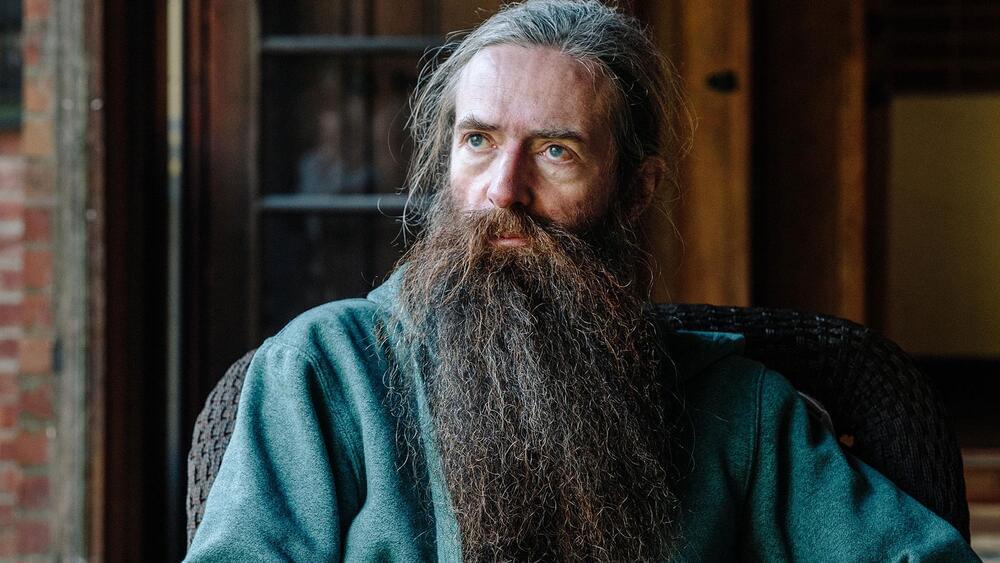
Hugo Cox.
At the end of a winding dirt track off Bear Creek Road, a few miles from Los Gatos in California’s Santa Cruz mountains is the home of Aubrey de Grey, the 53-year-old English research scientist from whom the claim originates. It looks exactly like the place you would expect a mad professor to live.